How an iOs Device (iPhone or iPad) Performs a 3D-Scan
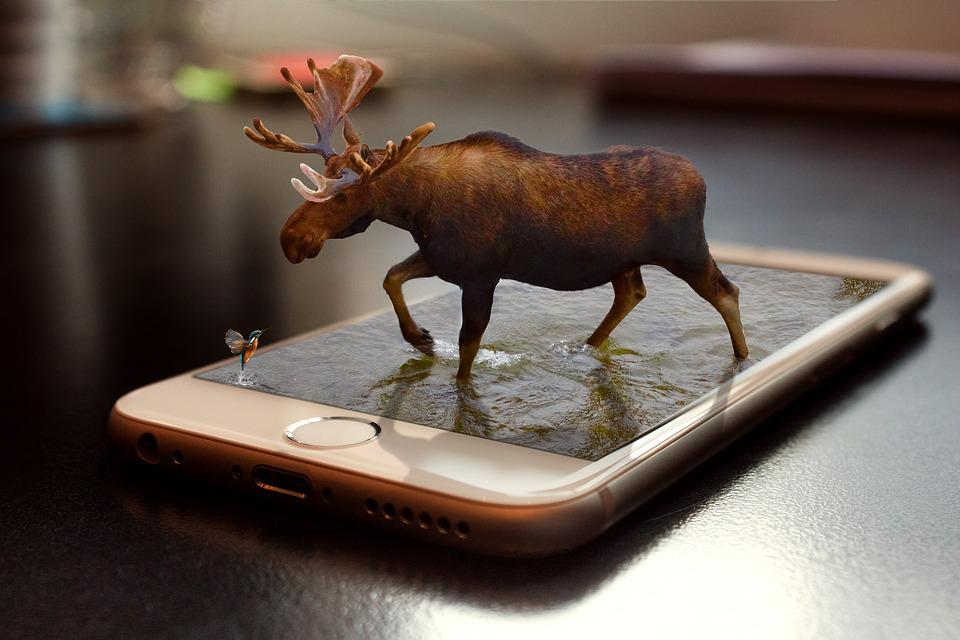
3D Scanning is among the top photogrammetry approaches today. It enables us (as end-users or service providers) to leverage the superfast advancements of Artificial Intelligence and Augmented Reality in the physical world.
The technology has made its way to our iOS phones and iPads already. Not only tech-savvy people or IT engineers but normal users can also perform a scan and send/share it to receive or provide essential (or at least useful) services.
3D scanning is used to scan real objects and make digital versions of them. This digital output is then used for important tasks or 3D printing.
Not sure how iOS 3D scanning works or what benefits it can bring?
Give this article a quick read to get acquainted with 3D Scanning and how it works.
What is a 3D-Scan?
3D Scanning technology is all about collecting the digital information of a real-world scene or object and thereby reconstructing an image/model resembling its appearance. This output can be used in 3D Model creation, printing, and so on.
The process may involve different types of scanners, lights, sensors, and mobile applications to scan non-living objects, living beings, their parts, or the environment. So, the quality of output and its precision depends on multiple factors.
3D Scan Mobile App Example
The most famous and easy-to-explain 3D Scan example is Apple’s Face ID.
Devices like iPhone and iPad Pro use your facial features to unlock the phone, make payments, and access locked apps/data through Face ID. This iOS-specific biometric authentication method functions by head-tracking and eye-tracking.
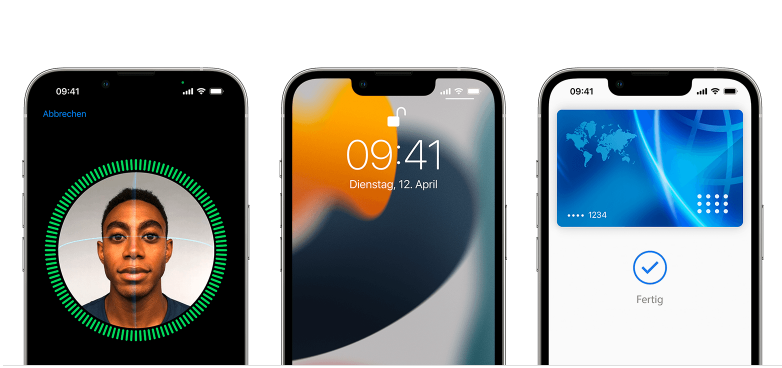
Beyond the Face ID
As a mainstream iPhone user, your first interaction with the iOS 3D scan must be with its Face ID feature. We knew it!
To your surprise, 3D scanning using iOS devices through various sensors and scanners has a much wider scope than the Face ID feature. Various apps and sensors allow 3D scanning of physical-world objects (For example- a toy, a human face, a chair, or a fractured leg).
Read the next section to understand how iOS scanning works.
How Does iPhone or iPad 3D Scanning Work?
Apple’s current generation of phones and iPads (after 2020) makes use of advanced LiDAR sensors. While mobile 3D scanning apps have existed since iPhone 6, this deployment surely shows the company’s seriousness regarding 3D Scanning.
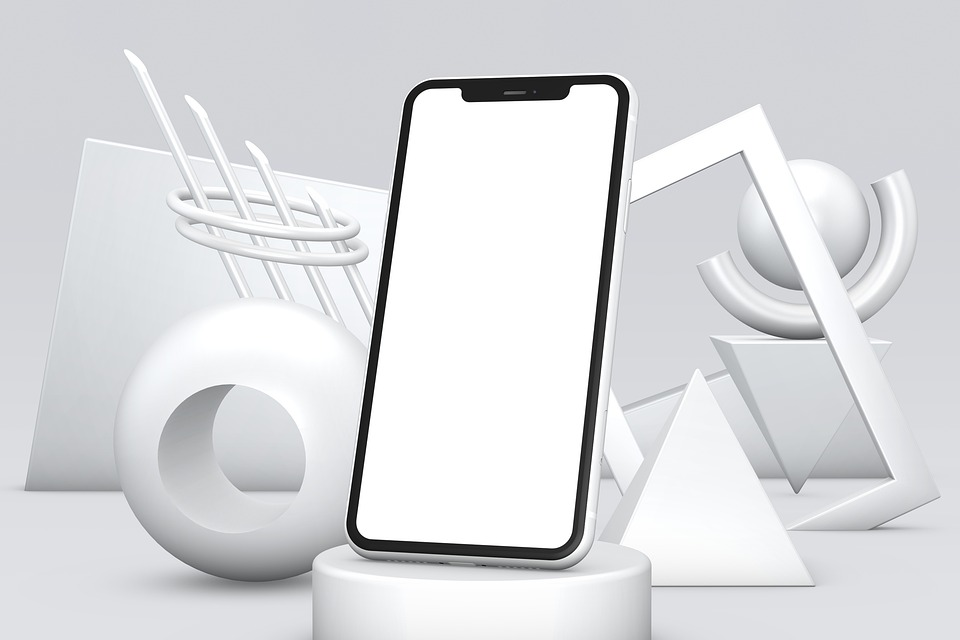
LiDAR and the Scanning Process
LiDAR (Light Detection And Ranging) is a mature technology. From its use in laser scanners for air-distance measurement in planes in 1960 to its adoption for commercial GPS systems with high accuracy in the late 1980s, it’s regularly been used in 3D models and map creation for decades.
Here is how it works:
- A LiDAR sensor throws laser light on an object or environment. To give you an idea, it can fire 100s of thousands of pulses per second on the object.
- As the object reflects the light, the angles of reflected light beams and their distance (from the sensor when reflected back) are used for calculating the velocity of light (or ‘Time of Flight’).
- The output is used for 3D visualization and is called ‘Point Cloud.’ This cloud consists of millions of points, each with geo-reference and distance details to represent specific information related to the 3D Map or Point Cloud.
- The Point Cloud is then analyzed and points are linked together to create a 3D object..
Now, you have a fair idea of how an iPhone 3D Scan is performed. However, there might still be some confusion about how you can do it as an end-user and what you must know. Let us explain the same before we talk about the utilities, benefits, and use cases of 3D scanning.
How Is an Object Scanned?
Scanning involves taking one or multiple pictures of the object being scanned. Broadly, iOS 3D-scan can be classified in two manners, as enlisted below:
Method 1: Using Existing Applications
iOS devices let you create real-life 3D models without external hardware – through a LiDAR-powered camera. For this, you will only need an application like the Canvas app on your iPhone 12 or a newer version.
Except for Canvas, there are various other applications for capturing 3D model data, editing it, and creating better final models. The list includes Qlone 3D Scanner, Polycam, and itSeez3D.
Method 2: Occipital Structure Sensor With Your Custom Application
iOS object 3D scanning is possible through various apps when you have an iPhone or iPad Pro. However, for high-end applications that require accuracy, you will need external attachments, such as an Occipitial Structure Sensor. This sensor can also form the foundation of your custom 3D scan application.
Structure Sensor Pro is compatible with iPad Pro, iPad, iPad Mini, and iPad Air. It is known for its consistency and performance that you can realize with every scan. With an improved Structure SDK and precise calibration capability, the sensor is suitable for mission-critical requirements, such as the ones related to medical, robotics, or electronics.
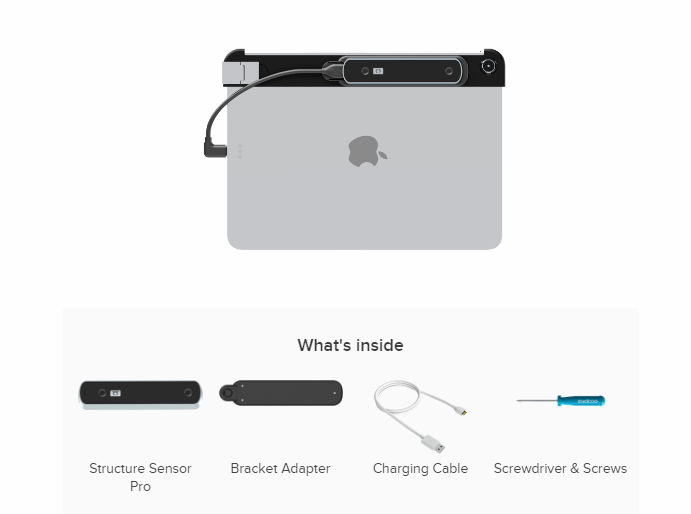
In case you need advanced color-based tracking ability in your app, you can add a Wide Vision Lens to the Structure sensor. This accessory will enlarge the color camera’s range to 120º for your iOS device.
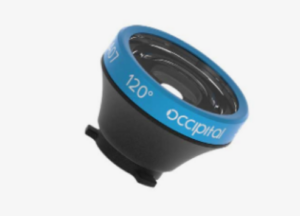
How Precise Is iOS 3D Scanning?
Depending upon your camera quality, scanner application, and the process of capturing data, phone/tablet scanning can have a bad to normal to very precise output. Experts say the process can attain a precision of >1.5mm if done correctly. It implies that mobile devices can also be utilized for medical 3D scanning.
Tips for Performance iPhone 3D Scan
The 3D model’s quality depends a lot upon how you scan it. So, you must know about the dos and don’ts in this regard. Consider these tips to maintain top-notch quality for your 3D Model.
The Distance
Make sure that the object is neither too small nor too big when you view it on your mobile device’s screen through the scanner. For this, you should be at an ideal distance from the object.
The Light
Use soft light to ensure that the object in question is well-lit. There should be uniformity in the light falling on the object when you picture it. Make sure that the object’s surface in focus is not in the dark and is clearly visible.
The Level of Rotation
If your application involves taking multiple pictures of the object, ensure that you maintain a level/height during the process. For this, you can put your scanner/mobile on a surface at a certain height and the object on another surface. One or both surfaces could be movable, so you can click multiple pictures without changing the level of rotation.
Scanning Symmetric Objects
The best models for scanning are asymmetric in nature. They can be colorful and have a semi-gloss or matte finish. However, real life is not about ideal scenarios.
You sometimes need to process perfectly-symmetrical objects, like a ball. Here, the problem is that the scanner cannot distinguish between different angles of the object to create a proper 3D view.
You must add a colorful background (contrasting the object) or a small object (e.g., a cube) to give the scanner a reference point when it’s the case. This way, the scanner will be able to generate a high-quality 3D map for your symmetric object.
Alright. That’s it about the scanning process. But are you curious about when and where it can be used? Well, its scope is ever-evolving, so we will just cover a few utilities and real-world use-case in this article. Continue reading.
Utility of iOS 3D-Scan: What’s There for Businesses?
iOS 3D scanning has made 3D model creation mainstream. Almost all industries can take its advantage, and a few of the commercial sectors in this list are:
- Retail and eCommerce: Sellers can present 3D views of their products to enhance the buying experience for their customers.
- Marketplaces: Marketplaces can attract sellers as well as buyers through the introduction of 3D images for various purposes.
- Fashion: Fashion apparel and accessories can be sold online without locational barriers as users will be able to have a clear understanding of what they are purchasing.
- Culinary: Culinary experts and eateries will be able to attract buyers by presenting a real, eye-tempting view of their dishes.
- Real estate: Realtors can save their clients’ visits to properties and still sell faster.
- Interiors: Designers can create 3D models from real-world objects, re-use them easily, and utilize 3D scanning in dozens of other ways.
- Gaming or Avatar-creation: Gamers can use their persona or avatar while playing and have a truly-exceptional feel of the game.
- Testing (without destruction): Instead of destroying expensive objects like cars in safety testing, you can use 3D models. It’ll save a lot of effort and money for various businesses.
Looks more than enough. Isn’t it?
Wait, because we have missed out on the biggest industry that benefits from 3D scanning, i.e., the Medical and healthcare sector. Let’s talk about it in the next section separately.
3D-Scan in Medical Sector
Imagine having an alternative to X-ray machines that is lightning-fast. Or a dental 3D scanner to assist dentists in clearly understanding a patient’s problem. Or maybe, a millimeter-precise prosthetic limb for a person ready for a prosthesis.
Having precise, reliable, and faster medical tools can reduce the operations’ costs, make healthcare services accessible to more people, reduce the burden of medical practitioners, and do much more.
3D scanning can make it possible and has already done the same to a great extent.
The scope of technology is not just limited to the above but is also in ergonomic furniture, dental transplants manufacturing, back brace construction, ultrasounds, CT scans, and MRIs.
Remote clinics with limited facilities can use iPads or iPhones to enable advanced services and expert assistance for their patients at a low cost. The applications are never-ending.
Let us give you some real-life examples of iOS 3D-scan applications bringing disruptive changes in the medical sector.
3 Use Cases
Sidekick Interactive aims to develop high-utility apps for the medical industry, and the team has succeeded big time too. This list of a few recent custom 3D-Scanning iOS App development projects powered by Structure Sensor – completed & deployed by Sidekick – talks for itself:
HP Arize
Various American clinicians use this 3D foot-printing app to print plantar orthosis as per a patient’s foot problem or orthosis. It is enabled through an iPad app and is very accurate. With its deployment, the time to offer the solution is reduced, and the relief delivered through customized solutions is multiplied.
You MaWo
The custom glasses ought to be customized as per their end-users. In general, opticians manually make suggestions to users, making the process labor-extensive. Things are different at You Mawo. The company replaced its old tool with a 3D image creator that could record customers’ faces optimally and recommend the best option available for the buyer.
iBrace
Sidekick Interactive designed a super-precise body scanner that produces accurate 3D renders for clinics and doctors. From joints to the spine and plexus, this intuitive tablet application has evolved to scan various body parts with high precision. iBrace is fast, more accessible, and low-cost, which makes it perfect for custom orthotics.
Discover how 3D scanning can transform your project
The Future of iOS 3D Scanning: What’s Next?
iPhone 3D scan is already very precise but still has a few limitations. For example, harsh or uneven lighting can result in degraded quality for your 3D Models. Similarly, symmetric object scanning is tough when you need added precision in the rendered output.
Though LiDAR has improved the scenario significantly, external factors like the environment or the object’s speed still play a significant role in 3D scanning. With time, such limitations are likely to be suppressed.
Also, we will see an enormous rise in 3D-specific applications in MedTech, interiors, construction, real estate, electronics, testing, and retail-like sectors going forward.
The fusion of mobile 3D scanning with cutting-edge technologies like Artificial Intelligence, Augmented Reality, Machine Learning, etc., will open new dimensions for its implementation.
The Final Word
Apple devices, after 2020, come with powerful mobile 3D scanning and LiDAR features. Owing to the same, we can say that iPhones and iPads have brought 3D-scan to mainstream users today. With its ever-growing list of applications, the iOS 3D scan technology will surely overtake portable scanners and similar technologies one day. Its low-cost and super-speedy operations make it a perfect fit for commercial usage. Overall, its impact is going to be huge.
